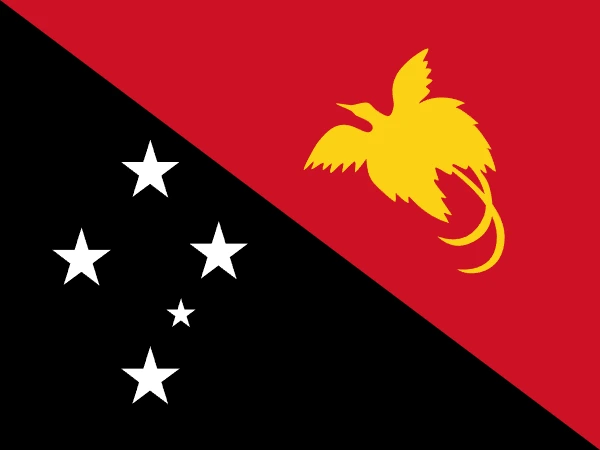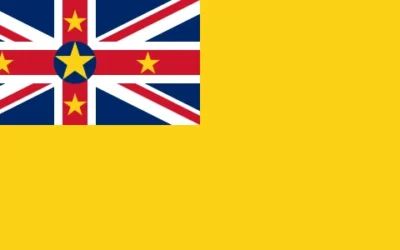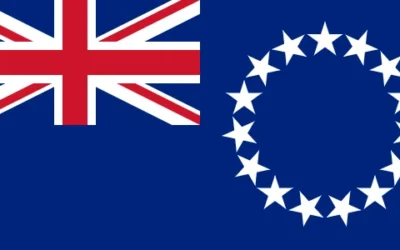Papua New Guinea Travel Guide
Discover Why You Should Visit Papua New Guinea
Why Visit Papua New Guinea?
Papua New Guinea is one of the most culturally diverse and least explored countries in the world. With over 800 languages spoken, ancient tribal traditions, dramatic landscapes, and unmatched biodiversity, it offers an immersive experience for intrepid travelers seeking authenticity, adventure, and cultural richness.
Ideal for: Cultural adventurers, ecotourists, hikers, and scuba divers.
Must-Know Facts
Capital/Major City: Port Moresby
Language(s): English, Tok Pisin, Hiri Motu (plus over 800 indigenous languages)
Currency: Papua New Guinean Kina (PGK)
Best Time to Visit: May to October (dry season)
Fun Fact: Papua New Guinea is home to the third largest rainforest in the world
Top Things to Do
Dive or snorkel at Kimbe Bay or around Milne Bay for pristine coral reefs
Trek the historic Kokoda Track through the Owen Stanley Range
Attend a Sing-Sing cultural festival to witness traditional tribal dress and dance
Explore Sepik River villages known for intricate wood carvings and spirit houses
Visit Mount Hagen or Goroka for immersive cultural encounters
Local Culture & Lifestyle
Papua New Guinea’s people live in close-knit tribal communities with customs passed down for generations. Life is often centered around village activities, storytelling, and subsistence farming. The culture is visually rich, with elaborate costumes, face paint, and rituals practiced in daily life and celebrations.
Food & Drink Highlights
Street Food: Grilled meats, sago pancakes, tropical fruit
Restaurants: Mumu (earth oven-roasted meats and vegetables), fish stew, taro-based dishes
Drinks: Coconut water, betel nut (chewed), coffee from the Highlands
Desserts: Banana cake, fruit puddings
Main Dish & Culinary Symbols
Signature Dish: Mumu — a traditional feast cooked in an earth oven using pork, sweet potatoes, taro, and greens
Common Ingredients: Taro, yam, sweet potato, fish, coconut, greens
Culinary Culture: Rooted in village-grown ingredients, slow-cooked meals, and communal feasting
Symbols & Icons of the Area
Natural Icons: Rainforests, volcanoes, coral reefs, Bird of Paradise
Cultural Icons: Tribal masks, kundu drums, spirit houses (haus tambaran)
Hidden Gems & Off-the-Beaten-Path
Tufi — fjord-like inlets with diving and village experiences
Ambua Lodge in Tari — bird-watching and tribal encounters
Kavieng — laid-back surfing, diving, and island hopping
Lake Kutubu — remote lake known for ecological and cultural importance
Shopping & Souvenirs
What to Buy: Wood carvings, bilum bags, shell jewelry, tapa cloth
Where to Shop: Local markets in Port Moresby, Mount Hagen, and Goroka
Getting Around
Public Transport: PMVs (Public Motor Vehicles) common but informal
Driving: Roads can be rough and limited outside cities
Flying: Domestic flights are essential for reaching many remote areas
Travel Tips
It is important to travel with a local guide for safety and cultural respect
Insect repellent and malaria prevention are essential
Connectivity is limited, especially in remote areas
Dress modestly and ask permission before taking photos
Where to Stay
Budget: Basic guesthouses and missionary-run lodges
Mid-range: Hotels in Port Moresby and provincial capitals
Luxury: Eco-lodges in remote areas with cultural tours
Unique: Village stays and traditional guesthouses
Sample 4-Day Itinerary
Day 1: Arrive in Port Moresby, visit the National Museum and Nature Park
Day 2: Fly to Mount Hagen for tribal village tours and markets
Day 3: Explore cultural sites or bird-watch in the Highlands
Day 4: Return to Port Moresby, enjoy local cuisine and crafts






0 Comments